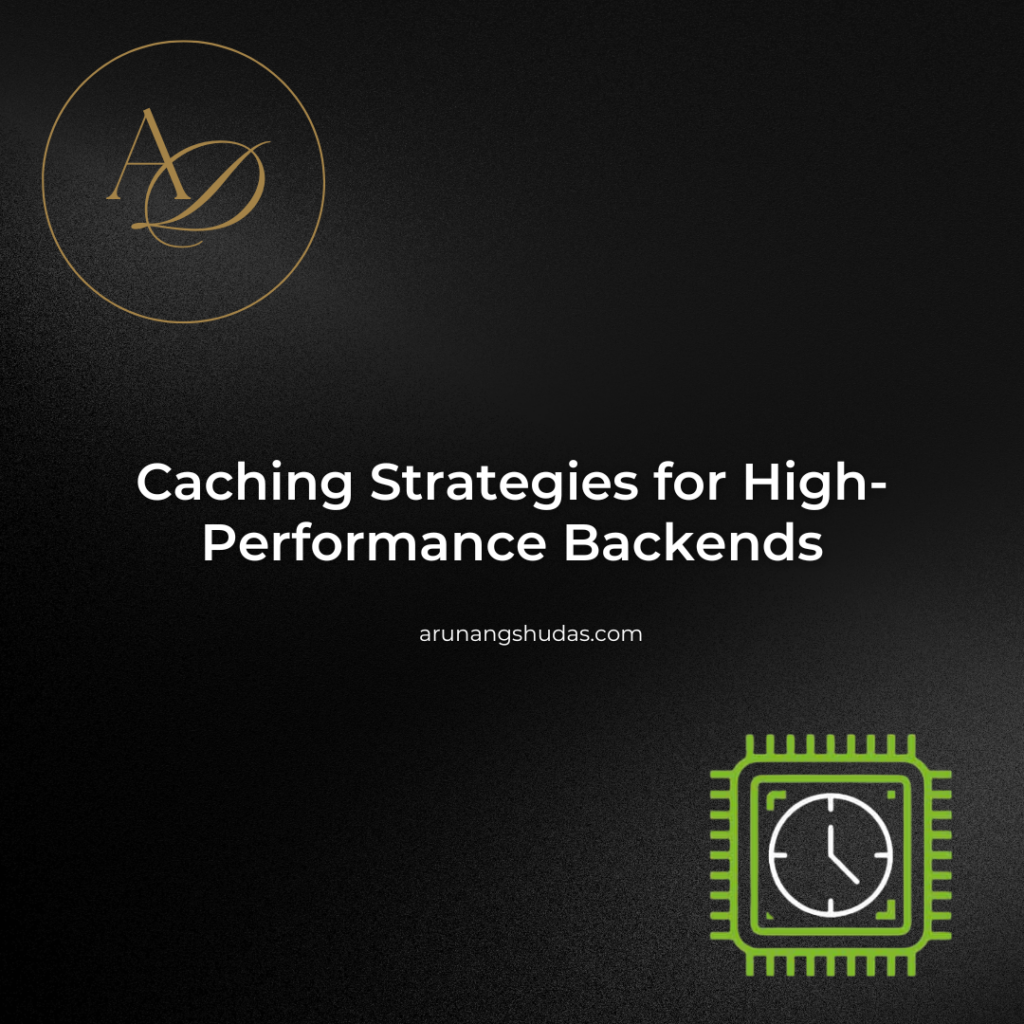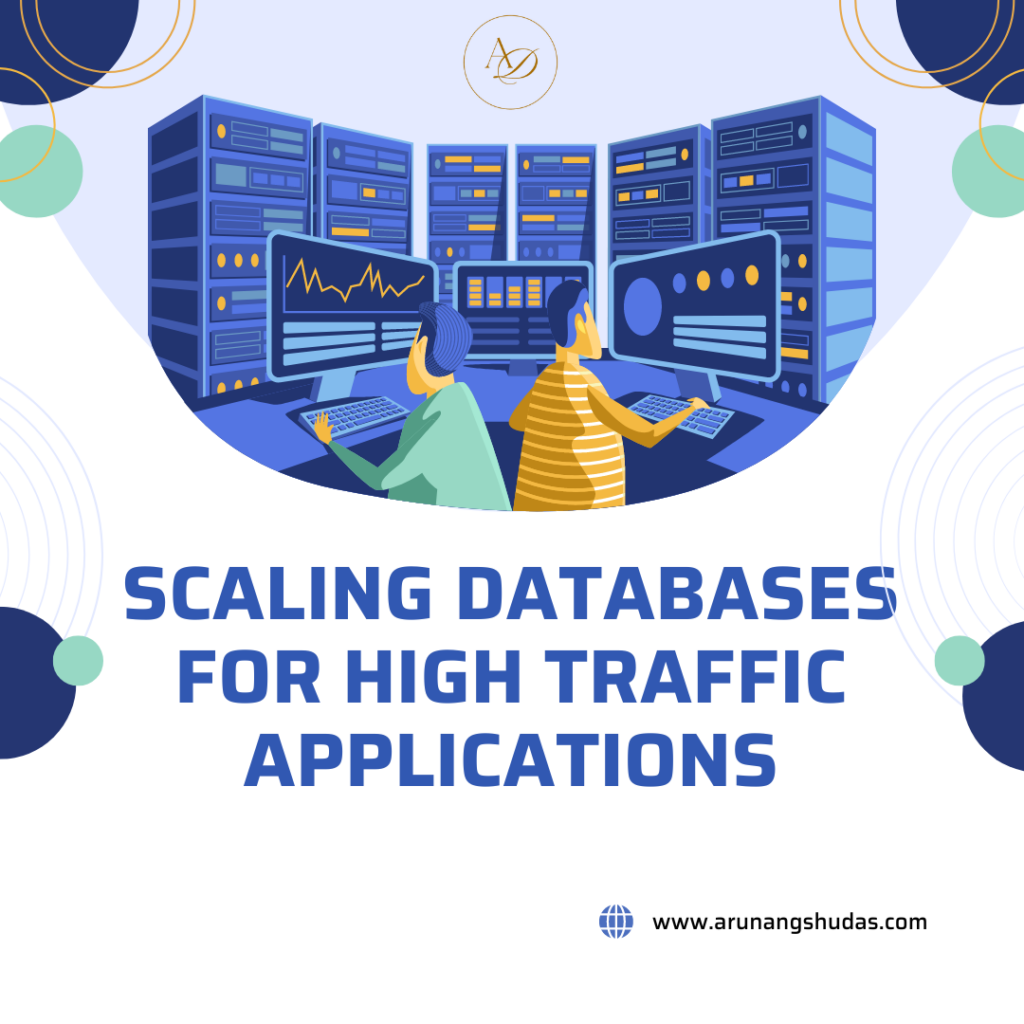Scalability is a fundamental concern when building backend systems. Whether you’re handling a few hundred users or millions of requests per second, the right tools can make or break your infrastructure. A scalable backend isn’t just about throwing more servers at the problem; it requires efficient resource management, fault tolerance, and performance optimization.
Here are eight tools that can help you build scalable backend solutions:
1. Node.js
Node.js is a powerful JavaScript runtime that has gained immense popularity for building scalable backend systems. It operates on a non-blocking, event-driven architecture, making it highly efficient for handling concurrent requests. With frameworks like Express.js and NestJS, developers can easily structure and optimize backend applications.
Why it’s great for scalability:
- Asynchronous, event-driven model
- Lightweight and fast
- Wide ecosystem with npm packages
2. Redis
Redis is an in-memory data store that serves as a cache, session store, and even a message broker. It’s widely used to reduce database load and speed up response times. By caching frequently accessed data, Redis minimizes the need for repetitive database queries.
Why it’s great for scalability:
- Lightning-fast data retrieval
- Supports data persistence and clustering
- Reduces database strain in high-traffic applications
3. PostgreSQL
When it comes to scalable relational databases, PostgreSQL stands out. It offers powerful indexing, replication, and partitioning capabilities. With features like JSONB support, it also handles semi-structured data efficiently, making it a strong alternative to NoSQL solutions in some cases.
Why it’s great for scalability:
- Advanced indexing and query optimization
- Horizontal scaling with read replicas
- Strong ACID compliance for data integrity
4. Apache Kafka
Kafka is a distributed event streaming platform designed for high-throughput, real-time data processing. It enables scalable microservices communication, event-driven architectures, and log processing at scale. Many large-scale platforms, including LinkedIn and Netflix, rely on Kafka for handling massive amounts of data.
Why it’s great for scalability:
- Handles millions of messages per second
- Ensures fault tolerance and durability
- Ideal for event-driven architectures
5. Docker
Docker simplifies application deployment by containerizing software and its dependencies. This ensures consistency across different environments, making it easier to scale applications horizontally by running multiple instances.
Why it’s great for scalability:
- Lightweight and portable
- Easy horizontal scaling with container orchestration
- Ensures consistency across development, testing, and production
6. Kubernetes
Kubernetes (K8s) is an orchestration platform that automates the deployment, scaling, and management of containerized applications. It dynamically adjusts resources based on demand, making it an essential tool for scalable backend systems.
Why it’s great for scalability:
- Auto-scaling and load balancing
- Self-healing capabilities
- Seamless integration with cloud platforms
7. GraphQL
GraphQL is a query language and runtime that provides clients with more control over the data they request. Unlike REST APIs, GraphQL allows clients to specify exactly what they need, reducing over-fetching and under-fetching of data. This improves efficiency, especially in high-scale applications.
Why it’s great for scalability:
- Optimized API responses with precise data fetching
- Reduces unnecessary network requests
- Better performance in complex data-driven applications
8. NGINX
NGINX is a high-performance web server and reverse proxy used to manage incoming requests efficiently. It handles load balancing, caching, and request routing, ensuring that backend services remain performant under heavy loads.
Why it’s great for scalability:
- Efficient request handling with asynchronous architecture
- Built-in caching and compression
- Load balancing for distributing traffic
Final Thoughts
Building a scalable backend requires careful selection of tools that optimize performance, manage resources efficiently, and ensure system reliability.
The key is not just using these tools but understanding how they work together. Pairing a lightweight backend framework like Node.js with a fast caching system like Redis, a robust database like PostgreSQL, and a containerized environment with Kubernetes can create a truly scalable infrastructure.
You may also like:
1) 5 Common Mistakes in Backend Optimization
2) 7 Tips for Boosting Your API Performance
3) How to Identify Bottlenecks in Your Backend
4) 8 Tools for Developing Scalable Backend Solutions
5) 5 Key Components of a Scalable Backend System
6) 6 Common Mistakes in Backend Architecture Design
7) 7 Essential Tips for Scalable Backend Architecture
8) Token-Based Authentication: Choosing Between JWT and Paseto for Modern Applications
9) API Rate Limiting and Abuse Prevention Strategies in Node.js for High-Traffic APIs
Read more blogs from Here
Share your experiences in the comments, and let’s discuss how to tackle them!
Follow me on Linkedin








